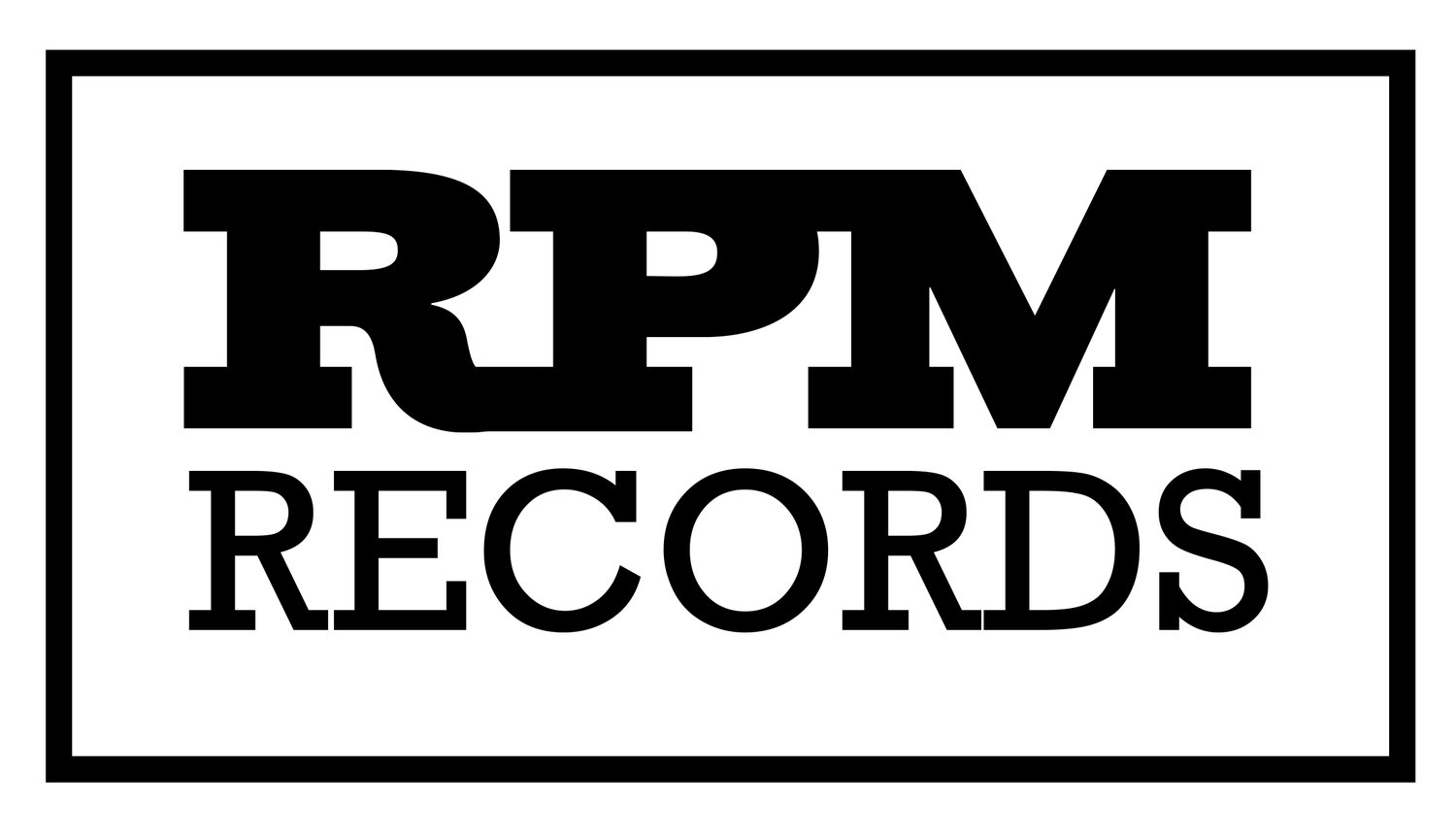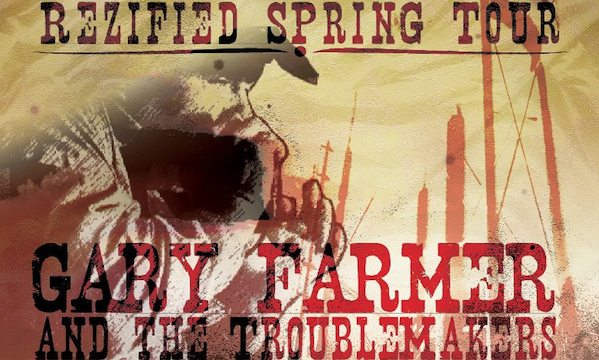Landon Walls, Onondaga and Hopi hip-hop artist (DJ DoezIT) and mentor, is helping Indigenous youth find their musical path. He’s currently inspired by the work he’s doing with one young man in particular, Junior Harvey, who is set to make a name for himself as Ali Baby. They sat down to answer some questions about their their collaboration, Ali Baby’s upcoming debut album and the importance of listening.
I first heard from Landon Walls, also known as DJ DoezIT, via an email to RPM, in which he raved about a student of his at Ha:San Preparatory and Leadership School in Tucson, Arizona, Junior Harvey. Junior (Tohono O’odham) – who goes by Ali Baby – is an 18 year old senior at the school who has discovered a talent and passion within himself for music. Together, they’ve been working afterschool and weekends to record tracks, the result of which will be a full-length album, set to be released in February, 2012.
The more Landon and I communicated back and forth, the more inspired and intrigued I was by both his and Ali Baby’s work. I had so many questions! They were gracious to answer them all.
CC: Tell me about Ha:san prep?
LW: Ha:san Preparatory and Leadership School is a small charter school in Tucson, AZ. We serve Native students grade 9-12. We focus on Culture and Language of the Tohono O’odham Nation. Most of the students live on the reservations of the Tohono O’odham and Pascua Yaqui Nations. The main town, Sells, on the reservation is 65 miles away. They travel a total of 130 miles a day for a total of 3 hrs on the bus. We have a 100% acceptance rate to college for our graduating seniors. What a great school! I am so honored to be a part of the students and community’s education.
CC: How long have you been teaching there?
LW: I have been at the school for four years now. I directed the after school programs and currently I serve as the Intervention Specialist. But I also serve as an advisor and counselor for the students.
CC: Tell me more about the after school program?
LW: The after school program was funded by a federal grant 21st Century Community Learning Center. In the last year of the grant which was 2011, I decided to buy studio equipment for an after school music program. Since then I have recorded Tradtional O’odham songs and a digital comic book with the University of Arizona in 3 languages, English, Spanish and O’odham. But the most exciting thing was recording Ali Baby and other students rapping and singing.
CC: How did you two start making music together?
AB: Landon and I were talking one day about music and I mentioned to him that I enjoyed creating beats, he told me he was thinking about starting a music program at the school and that I should bring in some of my beats and do some recording sometime. We started out on Garageband and some non-condensor mics usually used for radio.
LW: We did a couple of songs and he blew me away! So I had to buy some better equipment. I bought Pro Tools 8, studio monitors, 2 microphones, an audio interface, etc. and once we did that, things took off.
AB: When I made my first song I was just trying to see what it would sound like or how it would turn out, I thought it turned out pretty good for a first song. I was never expecting all this to come so naturally. We put out a pre-release of the album at our school and it has received so much positive feedback. It makes me so happy to know that people are liking the pre-release, when the official drops it is going to sound much better.
LW: We both learned by doing and just did what our ears told us, haha. The things I like most about Ali Baby is his flow, charisma, and message. He raps with no errors, meaning he is clean and has a positive message.
CC: Ali Baby, when did you first starting writing?
AB: I started making beats in the summer of 2010 and wrote my first song in December of 2010. We got around to recording my first song on Garageband a year ago around this time.
CC: And tell me more about this album!
AB: The album is going to be called Mixed Breed: The Beginning. Mixed Breed is our group and it means the many Indigenous cultures within our group, the many genres we create music in, and the styles each one of us possesses. We are hoping to have the album released by Presidents Day 2012.
CC: That’s so exciting. What artists are you inspired by?
AB: My favorite artists of all time are Bone Thugs-N-Harmony. I love their style, I love their flow. I know we have what it takes to make the same success. I listen to a lot of old school and I listen to a lot of new era artists like Drake and Lil Wayne and I try to incorporate all those styles into mine.
CC: What’s the collaborative process with Landon like?
AB: He gives me advice and motivation when recording our songs and I couldn’t be more grateful for meeting him and letting us use the studio day in and day out.
CC: Landon, do you plan to continue to mentor students in recording and making music?
LW: This is the beginning. I have always wanted to do something like this for the youth. They have so much to say, so many things in their minds and hearts. After graduating college, I knew I was going to be in Indian education. While working here I see the need for a two way road of communication in the communities, meaning traditionally we are taught to listen to the elders and the adults, but I think for a healthy and strong community the elders and adults need to listen to the youth. Open communication is the key! Music is the best vehicle and I am glad I get to provide it, might be a beat up lincoln right now with low fuel, but the hope is we can get it to a G6 with an unlimited fuel level!
CC: How did you first get involved in music?
LW: I got my first turntables my senior year of high school, with just a handful of records. I was on those things all night, my brother wasn’t too happy, the fader was clipping all night! Haha. Both of us actually came up with my DJ name, HopiDoezIT, later though it became DJ DoezIT. I was the first one to go to college in my family; I moved from home to Mesa, AZ. Soon I got some 1200’s and was at the record store every weekend. I was doing house parties and DJ competitions. I DJ school dances and proms and students just started to come up to me and wanted to learn more. I knew I had to get something started. I wanted to make our own music so we could spin that and started making my own beats, nothing is more fun than creating music from scratch.
CC: You also started a label, right?
LW: The label I have created is called Just Listen Music. Like I said, a healthy community needs open communication, so I want people, in particular adults and elders, to just listen. That’s why I create positive music because Grandma deserves to bob her head too! This is the start and it looks promising, I got things lined up and hope to continue to be the vehicle for native youth!
CC: Last, Ali Baby, what do you plan to do after high school?
AB: I plan to go to college to study Music Production. I want to do college performances and also do opening performances for bigger names. I just hope one day I can be the one the local artists open up for. Nothing’s impossible. I want to show everyone that just because rap nowadays is vulgar and offensive, it isn’t dead. I’m on a mission to make it right. I know I have what it takes and I don’t plan on slowing down any time soon.
Check out this sneak peak of Ali Baby's track For the Native Youth, and keep an eye on RPM for more on the forthecoming album, Mixed Breed: The Beginning.
STREAM: Ali Baby ft. DJ DoezIT & Dead Jester - "For the Native Youth"













